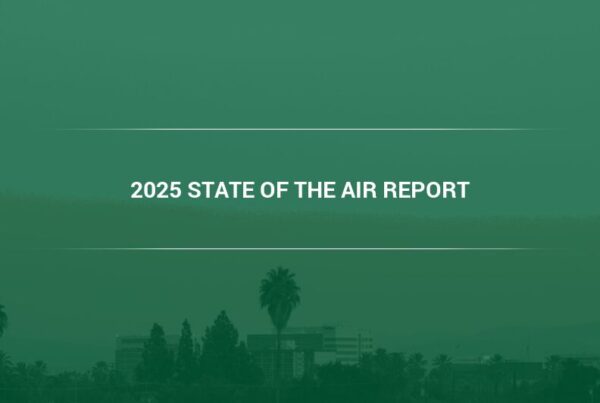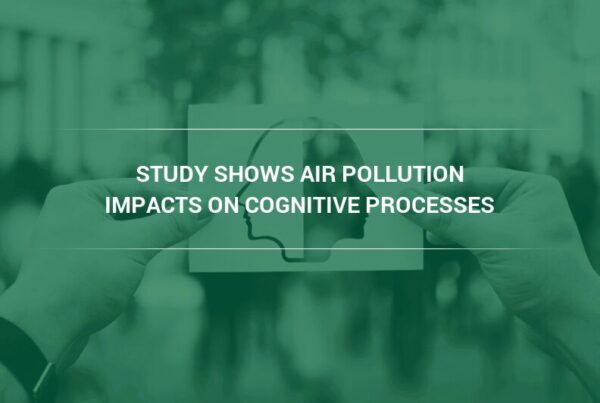Camfil Air Filters reports on Effects of Silicon Valley Superfund Sites.
Silicon Valley is located in California’s Santa Clara County. Santa Clara is home to more Superfund sites than any other county in the United States. Superfund sites are areas that the EPA has designated as being contaminated by hazardous waste and require special attention to clean up the area. Why is Silicon Valley home to more Superfund sites than anywhere else in the country? What can be done to clean up Silicon Valley Superfund sites?
The Origin of Silicon Valley Superfund Sites
The origin of Silicon Valley’s Superfund sites can be traced to the manufacturing boom that occurred in the mid-1960s to mid-1980s. As computer chip manufacturing was being done mainly in Silicon Valley, the pollutants associated with the production of computer chips and other computer equipment found their way into the soil of the Santa Clara area.
The Superfund program was established in 1980, and typically the company responsible for the pollution foots the cleanup bill. In 1982, it was discovered that tanks constructed to hold water contaminated with volatile organic compounds were leaking into the ground. The revelation happened after higher rates of cancer were discovered throughout the Santa Clara region.
“Much of this production and pollution was done before the impacts of the toxic chemicals associated with computer chip production were fully understood, meaning that there were little to no safety regulations that guided companies in handling toxic waste,” says Charlie Seyffer, Manager of Marketing & Technical Materialsat Camfil. “Chemical byproducts were frequently just dumped into sewers or soil, where they leached into the ground and groundwater.” (1)
Not all chemical spill sites are considered to be Superfund sites. An investigation by NBC found approximately 518 chemical spill sites in total. Of these sites, at least 23 are considered highly contaminated and marked for cleanup by the EPA. Most of the Superfund sites are located where manufacturing facilities were once located or still are located.
The Effects of Silicon Valley Superfund Sites
Despite the efforts to clean up Superfund areas, the effects of Silicon Valley Superfund sites are still being felt by residents in Silicon Valley today. Thousands of people still live atop the 518 chemical spill sites, where toxic fumes can harm them.
When the chemicals that leached into the ground begin to rise up through the groundwater and soil, they lead to “vapor plumes.” These vapor plumes are toxic clouds of polluted air that emit from the ground, which is why the EPA has prohibitions on groundwater well-drilling in these areas.
“Some of the primary pollutants involved in computer chip production that are now resurfacing in vapor plumes include ethylene glycol ethers or EGEs,” explains Seyffer. “Overexposure to EGEs can cause fatal birth defects in the children of men exposed to the chemical, childhood cancers in the children of women exposed to EGEs, and general fertility issues. Significantly higher rates of miscarriage have also been correlated with exposure to EGEs.” (2)
Other toxic pollutants include trichloroethylene, or TCE, a solvent used to prepare silicon chips for etching.
“TCE is capable of seeping through cracks in the foundation of homes and schools, and short-term exposure to it can cause difficulty breathing and headaches,” continues Seyffer. “Long-term exposure to TCE is thought to cause cancer, especially lymphoma and kidney cancer.” (3)
Cleaning Up Silicon Valley Superfund Sites
Cleaning up Superfund sites in Silicon Valley and combating the associated vapor plumes has proved challenging. It is difficult to clean up Silicon Valley Superfund sites because chemical treatment of waste frequently results in more waste byproducts.
Before treatment can be done, testing for vapor intrusion must be completed to isolate areas with leakage problems. Testing is expensive and involves getting permission from neighborhoods in the suspected spill zones.
One of the most prominent ways of treating chemically-polluted ground is the process of superheating. Toxic waste is removed from a Superfund site and then brought to a plant where it is put into a massive furnace and melted down to separate the toxic chemicals using air filters. Superheating can create toxic dioxins, which are then released into the air and are part of the EPA’s “dirty dozen” chemicals.
Another method frequently employed to clean up Superfund sites is the creation of soil vapor extraction wells. These are wells intended to extract the chemicals and fumes out of the ground, where they are then sent to an air stripping facility and treated by a process known as carbon adsorption. The success of this method is spotty, as frequently areas that have been treated see the little measurable reduction in soil or water toxicity.
“New tactics like bioremediation, the use of microbes that digest the chemicals in the ground seem to be effective in treating Superfund sites,” says Seyffer. “The bacteria are fed things like vegetable oil or molasses to encourage them to grow until they are able to break down toxic components into harmless constituent parts. Bioremediation has successfully reduced the toxicity level of the groundwater in at least two different Superfund sites throughout Santa Clara County.” (4)
Cleaning up Superfund sites is prohibitively expensive. The EPA estimates that for every site cleaned up, taxpayers will shell out around 1.2 billion dollars for every ten years of treatment. The EPA has invested around $48 million, as of 2015, to clean up South Bay sites alone, though they have managed to recover around $31 million from the companies responsible for the spills.
The Importance of Preventing Silicon Valley Superfund Sites
While developing new treatments like bioremediation is important, the best treatment is prevention. Preventing Silicon Valley Superfund sites from developing, as well as preventing the development of Superfund sites elsewhere, should be a high priority. Manufacturing plants currently in Silicon Valley are being monitored for pollution, and that monitoring should continue along with the use of strict regulations and the employment of pollution-reducing technologies.
Contact Camfil immediately if you live in an area affected by the toxic plumes released by Superfund sites. Camfil can advise you on the best tactics to protect yourself from the airborne toxins released by Silicon Valley Superfund sites, and provide you with air filters and purifiers.
SOURCES
https://gizmodo.com/the-secret-history-of-silicon-valley-and-the-toxic-remn-1743622225
http://www.nbcbayarea.com/investigations/Toxic-Plumes-The-Dark-Side-of-Silicon-Valley-258942561.html



